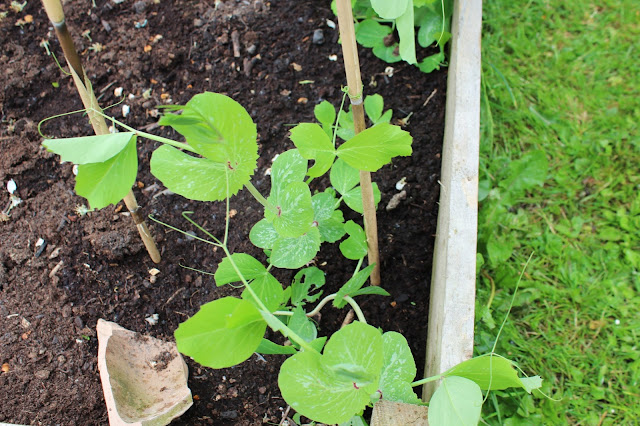My first willow basket
The first time I heard the mention of the word ‘willow’ was from a sentimental British favourite, The Wind in the Willows written by Kenneth Grahame. It is a story
steeped in nostalgia, much inspired by a father’s love for his only son.
If anything, willow reminds me of things past. Like the abovementioned story,
it evokes a sense of nostalgia, of earthliness, of humble beginnings. Willow
trees are prevalent in folklore and myths. In the ‘Secret of Salix
Babylonicus,’ a story of healing and hope by Timothy Matthew Slemmons, the willow is a symbol of perseverance.
I was sauntering along the walkway leading
to the Sunday market when I saw a fine display of willow baskets and wigwams.
Every piece had a character of its own and being handmade it had an aura of
artisan craftsmanship. I may be biased but the shades and textures of willow
far surpass cane or bamboo.
Pete showing me how to weave
There are many things that I have learned and can learn
on-line, but weaving is certainly something that I would have to learn
hands-on. I needed someone to teach me and imagine my delight when I discovered
that I could sign up for classes in this ancient craft under the guidance of an
expert basket maker, Pete.
Without hesitation, I did just that and found myself
spending a whole day learning how to weave baskets out of willow rods. Even as
I held the rods in my hands I could see the many similarities about life’s
truths between the willow and us.
Willow, dried and steamed
Willows
are often planted on the borders of streams so their interlacing roots may
protect the bank against the action of the water. There is this symbiotic
relationship of two natural elements that is of ecological importance. It
speaks to me of the geographical location that we are in – why are we placed in
a certain town or city or country? Do our lives make a difference to the
setting that we are in or are we so preoccupied with my own wants and needs
that we do not go beyond the four walls of our home?
From the master weaver, I learnt that willow rods are soaked
and heated in a steam box to make them pliant and easy to handle. Like the
willow rods, we have undergone many of life’s experiences that have moulded us
into who we are and hopefully better beings.
In the process of weaving, I used some tools like a pair of
secateurs and a bodkin.
The secatuers are used to trim the rod ends, to cut off
unnecessary parts of the rods and also to split rods. The bodkin on the other
hand is a pointed tool used for separating the weave, to produce a gap between the
rods so that another rod can go through. At intermittent intervals, I also used
a mallet to hammer down the woven parts so that the basket will be more compact
and strong.
The final test for a good and sturdy basket is to actually
stand on it. If the basket collapses, that means it was not properly woven in
the first place.
Pete testing my willow basket
Imagine our characters being ‘trimmed’ and ‘prodded’ by
secatuers and bodkins and ‘hammered’ down by a mallet before being ‘stepped
upon’ like the basket.
Can we stand the honing process and are we made of more?
It is said that age generally mellows a person but having
said that, there are people who have grown old and yet remain nasty.
I find that the kindest and most humble people are those who
have experienced great difficulties in life and survived. These are the people
who have ridden on the waves of storms and emerged strong.
The process is painful but the end product is rather
admirable. When we undergo difficult moments ourselves, then only can we
empathise with those who are in similar situations.
Now that I have learnt how to make willow baskets, I will
never look at a basket the same way again.
THIS ARTICLE WAS ORIGINALLY PUBLISHED BY NEW STRAITS TIMES 21.6. 2015
http://digital.nstp.com.my/nst/books/150621nstnews/index.html#/23/
THIS ARTICLE WAS ORIGINALLY PUBLISHED BY NEW STRAITS TIMES 21.6. 2015
http://digital.nstp.com.my/nst/books/150621nstnews/index.html#/23/












